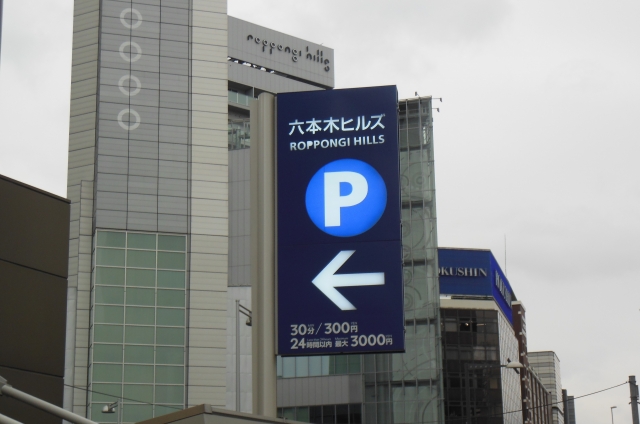Arrival of the Roppongi tribe

I went to see a movie and go to an art museum in Roppongi Hills for the first time in a while.
I watched a Japanese anime that I had overlooked this year.
Unfortunately, even though it was winter vacation, the movie theater was empty and there were only a few children.
However, the museum and observation floor were full of people.
The restaurant was also full.
I lived here for three years, ever since Hills opened.
Roppongi Hills was an exciting time in its early days.
Young venture managers, entertainers, and models who were at the cutting edge of their time were walking around.
Living in the Hills, every day was like a festival, a film festival.
The current atmosphere of the Hills has changed.
It has become quite normal.
Azabudai Hills was completed, and active people may have moved there.
But anyway, the people who come and go don’t look like the Roppongi people of old.
There’s no glitter or glare.
It’s like a calm Ueno street corner.
Times have changed, and has Roppongi ceased to be an exciting, cutting-edge town?
You can say that the city has matured.
In Tokyo, I think generations are moving counterclockwise on the Yamanote Line.
Shinjuku is changing from an unhealthy and seedy bar district for young people to a healthy business district.
The young people moved to Shibuya.
However, Shibuya is also transforming into a business building district due to station redevelopment.
The young wealthy IT ventures that used to liven up Roppongi are now coming to Ginza.
I’m getting old.
You could say that I has matured.
I see it as an attack by the Roppongi tribe, but I don’t mean it in a bad way.
The next generation of rich people are aiming for Ginza.
In every era, successful people from all over Japan aimed for Ginza.
The bonfires in Ginza never die out.
New firewood is constantly brought in from all over the country.
What is the town of Ginza like now?
There is a mix of middle-aged customers from Roppongi and older customers from Asakusa and Ueno.
Apart from inbound foreign tourists.
There was a time, about five years ago, when I felt that Nihonbashi was becoming Ueno.
This is after Coredo, like Hills, became a new facility for attracting customers to Nihonbashi.
In Ginza, long-established stores are still surviving.
However, in the area from Ueno to Nihonbashi, the power of long-established stores seems to have declined.
That is neither a good nor a bad thing.
This is a historic transformation of the town, which can be described as both growth and decline.
Tokyo is changing.
In Ikebukuro, the department stores will disappear and turn into electronic mass retailers.
Will this be the atmosphere of Akihabara?
The example is extreme, but that’s how I see it.
The streets of Ginza are huge.
And yet, like New York, the roads are well-prepared.
Thank you for the elderly.
I think the city of Shibuya, which has many hills, avoids elderly people and customers who come by car.
Ginza stretches from 1-chome to 8-chome, but Ginza is also divided into east and west commercial areas.
This is also my own opinionated analysis, so please forgive me.
Ginza is not just one.
Actually, I think it’s the Allied Republic of Hibiya, Yurakucho, Ginza, and Tsukiji.
The brand and image coexist and collaborate well.
I have lived my life in Ginza, and I intend to keep a close eye on it until the end.
Of course, while enjoying Ginza with the young successors of Ginza.
I’m happy to live a daily life where I can enjoy Ginza to the fullest.
But to be honest, Ginza is not a place to work, but a place to go to play.
I want you to pretend that you didn’t ask about this.
People who work in the region and come to Ginza to play have made Ginza prosperous.
I’m lucky to have work in Ginza, the region, and the whole country.
Thanks to Koyama G.
Pulse oximeter 98/99/98
Body temperature 36.1 Blood sugar 180
Former young master of Ginza
CEO Yasunari Koyama
